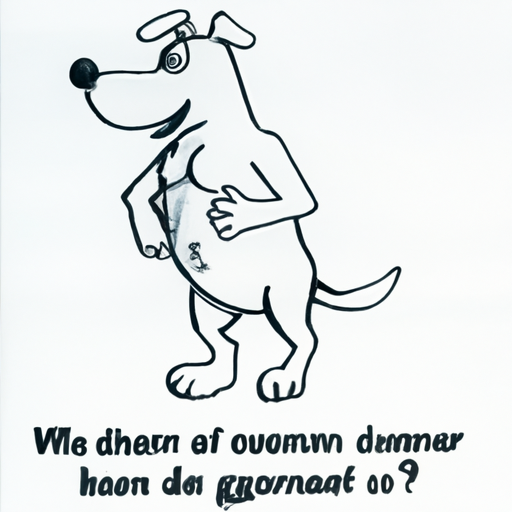Overview
As a caregiver, you’re always looking out for the best for your furry friend. You’ve probably wondered, “Just how many stomachs does my dog have?” Dogs, like humans, have one stomach. But the dog’s digestive system functions differently than ours. This article will delve into the dog’s digestive anatomy, the process, and how to ensure your pet’s digestive health.
The Dog’s Digestive Anatomy
The digestive system of a dog is quite complex. Here’s a simple breakdown of the major components:
-
Mouth: This is where digestion begins. Dogs have sharp teeth designed to tear apart food, not grind it like humans. Their saliva contains enzymes that start the digestion process.
-
Esophagus: This is the tube that food travels down to reach the stomach.
-
Stomach: Dogs have one stomach, but it’s divided into different sections. Each section has a specific task in the digestion process.
-
Small Intestine: This is where most of the nutrients from food are absorbed into the body.
-
Large Intestine: This is the final step in digestion where water is absorbed from the remaining indigestible food matter.
-
Rectum and Anus: The waste products of digestion are passed out of the body through the rectum and anus.
The Digestive Process in Dogs
You might be thinking, “If dogs only have one stomach, why does their digestion seem so different?” Let’s talk about that.
Dogs are carnivores, and their stomachs are designed to handle a meat-based diet. The dog’s stomach is highly acidic, which allows it to break down meat and bone. This high acidity also protects them from bacteria and parasites that might be present in their food.
Here’s a simple table to illustrate the dog’s digestive process:
| Stage | Duration |
|---|---|
| Chewing | Instant |
| Stomach | 4-8 hours |
| Small Intestine | 10-12 hours |
| Large Intestine | 14-20 hours |
| Total Time | 24-48 hours |
Ensuring Your Dog’s Digestive Health
As a caregiver, ensuring your dog’s digestive health is crucial. Here are some tips to ensure your dog has a healthy digestive system:
- Feed your dog a balanced diet suitable for their breed and size.
- Encourage regular exercise.
- Provide fresh, clean drinking water at all times.
- Regular vet check-ups to catch any potential issues early.
Common Digestive Problems in Dogs
Despite your best efforts, your dog may experience digestive problems. Here are some common ones:
- Vomiting
- Diarrhea
- Constipation
- Gas and bloating
- Loss of appetite
If your dog shows persistent signs of these digestive problems, it’s imperative to seek veterinary care.
Frequently Asked Questions
Q: Do dogs digest food faster than humans?
A: Yes, dogs typically digest food faster than humans due to their carnivorous nature.
Q: Can I feed my dog a vegetarian diet?
A: Dogs can survive on a vegetarian diet, but it’s not ideal. They are carnivores and require a diet rich in protein.
Q: How often should I feed my dog?
A: Most adult dogs should be fed once or twice a day. Puppies often require more frequent feeding.
Q: What foods are harmful to my dog’s digestive system?
A: Foods like chocolate, grapes, onions, and alcohol can be harmful to your dog.
Remember, as a caregiver, your dog’s health is in your hands. Stay informed, attentive, and proactive in ensuring their well-being.



